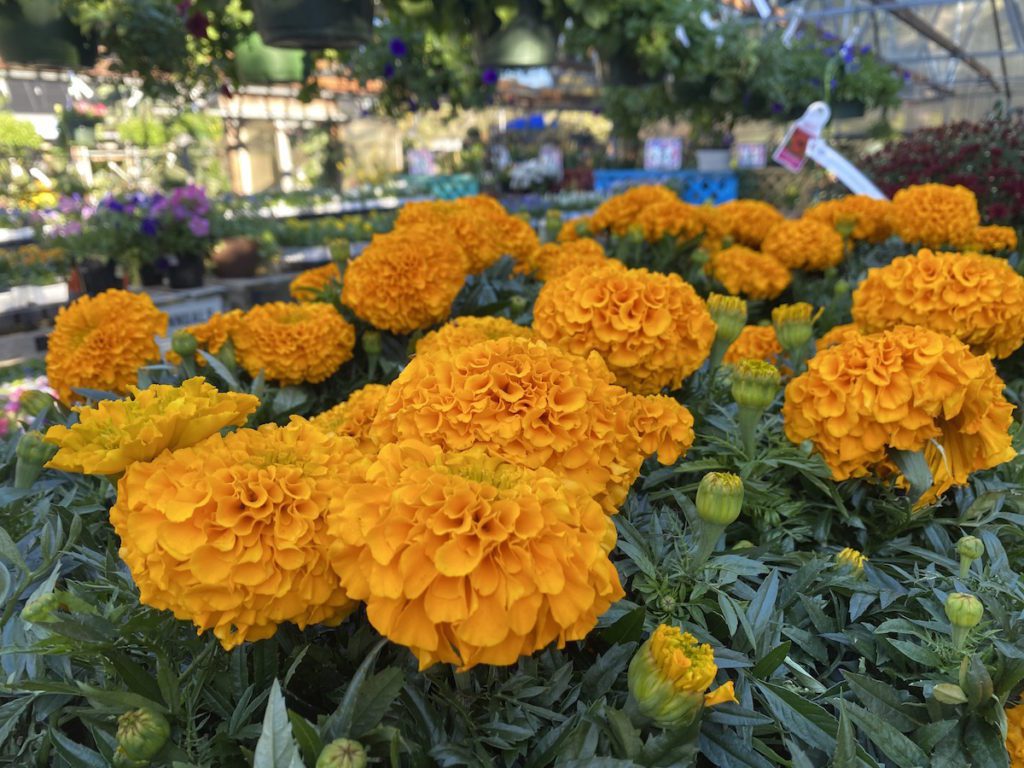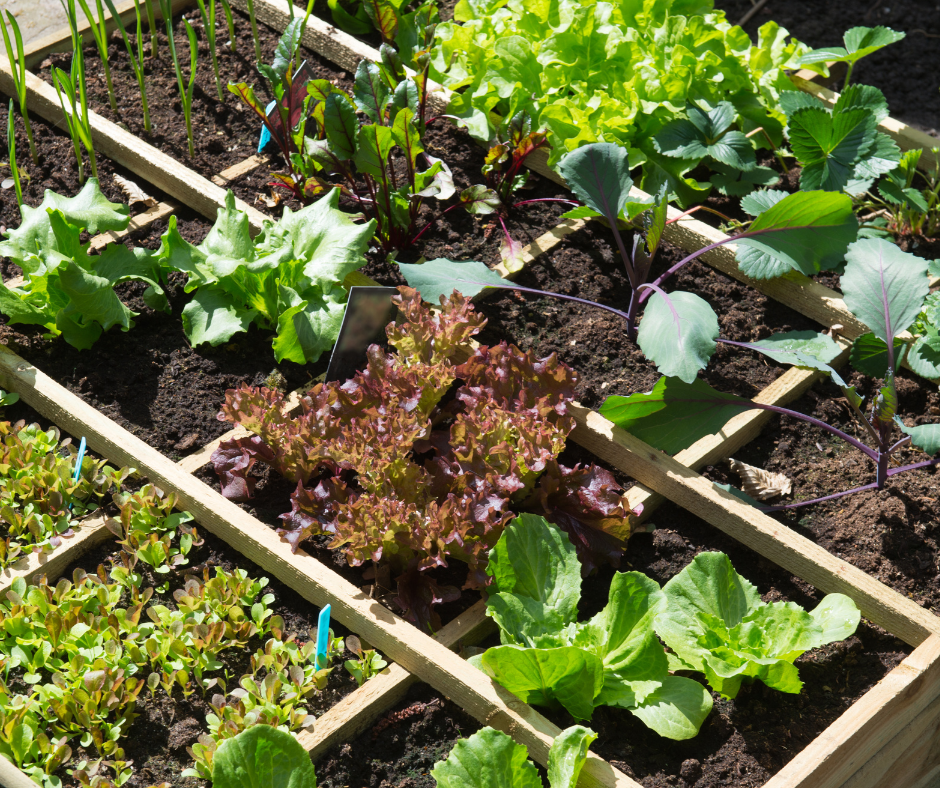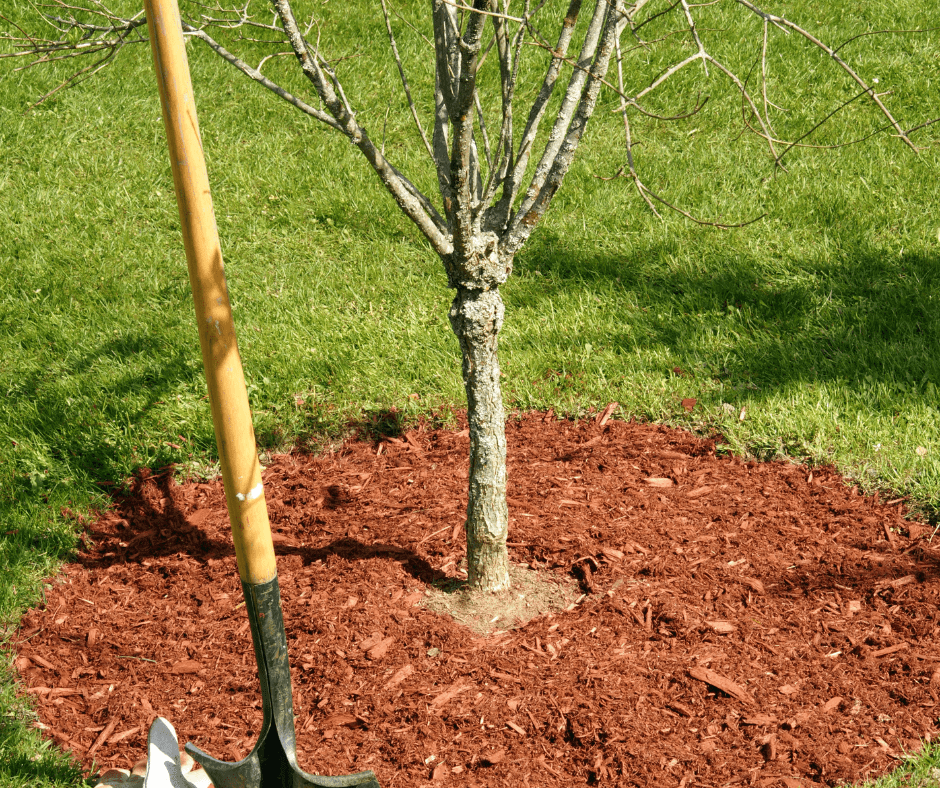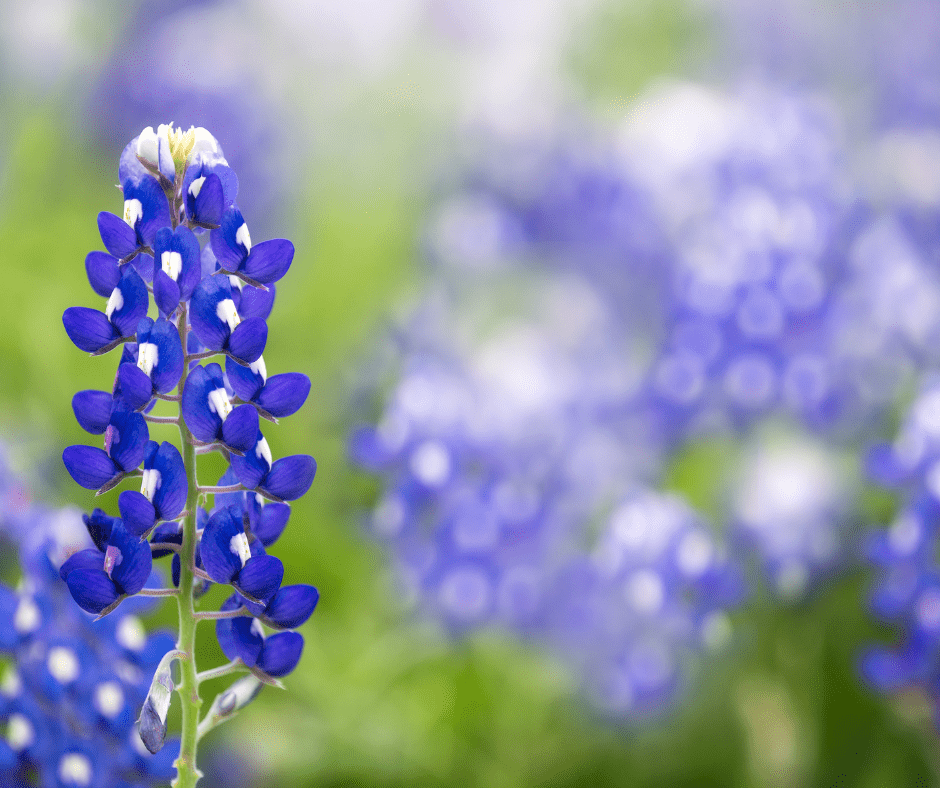October is a transitional month when you’re gardening in San Antonio, Texas. There is the prospect of cooler weather, but temperatures may dip one week and rise the next. A fresh round of colorful annuals need a spot in the garden, but you may still be trying to hang on to some of your spring and summer plantings. Cool weather veggies are waving their leafy fronds at you from the nursery tables and you start thinking about how you can make space for them.
With fall being the best time to plant trees, shrubs, and woody perennials, October is a great time to plan for larger landscape species. This is the time, to really start looking around at your landscape to figure out which plants are keepers, which ones may need to be moved to a different light exposure, and which ones just don’t make the cut. Today I’m offering a few reminders for gardening during this transitional time in your San Antonio gardens.

Fall Gardening: Annuals
First off, about that prospect of cooler weather. We had one week (okay, maybe a few days), where it felt pretty pleasant. I threw open my windows and doors to let in cool, fresh air for two straight mornings! I spent two glorious days gardening. I potted up fresh plants and worked the soil in my garden and relished the cool breeze. Then, the heat crept in again! It didn’t take long for my new plantings to begin to gasp.
So, this is your reminder that October temperatures are known to be sporadic. Have fun purchasing your cooler weather transitional annuals, but take care to make sure they are getting plenty of water to help establish their new roots. Watch the forecast. If temps are predicted to shoot up, you might even just choose to keep your new plants well watered and protected in a shadier area until the heat breaks for good.
Hold off on purchasing true cold weather annuals like pansies and violas until November, even if you see them in the nursery. They will melt like a dropped ice cream cone on hot pavement if planted now. Dianthus, snapdragons, marigolds, and calendula can give you some great color now and are a bit more heat tolerant so you’re first fall gardening efforts won’t be in vain.


Fall Gardening: Vegetables
When it comes fall and winter veggies, we say plant them now. But, you may also have to provide these plants some protection too. Watering consistently to provide new vegetable transplants a moist soil environment (but not soggy) is key to preventing stress in their early developmental stage. If you need to, you can create a temporary lean-to structure with cardboard or shade cloth to provide protection from the late afternoon sun when temps are high.
Fall vegetable gardening includes planting transplants of lettuce, mustard, broccoli, cauliflower, cabbage, kale, greens, garlic, onions, and you can probably squeeze in some direct seeding of beets and carrots if you do it soon. Hold off on planting spinach. It really likes the true cool temperatures of mid fall, and just doesn’t do well if planted when it’s still hot. And don’t get confused by the name “winter squash” and thinking you should include that in your fall gardening. That should have been planted back in late spring.


Fall Gardening: Trees, Shrubs, Perennials
Prime time for tree and shrub planting is in November. Take these next couple of weeks and plan and research which trees, shrubs and perennials you want to add to your landscape. You can start planting now IF you are going to make the commitment to check on your plantings daily, giving them plenty of water, especially when temps are extreme. Otherwise, take the time to evaluate your area, make sure you have good drainage in the area you wish to plant, observe and record the light exposure in your landscape, and make sure you have adequate room for these plants at their full maturity. You will have the greatest fall gardening success if you take the time to do these things.
If you have evaluated your landscape and realize you have planted some trees or shrubs in the wrong spot and need to move them, wait until November and December to do this task. You really want to minimize the amount of transplant shock these larger species go through, and the cooler temperatures of late fall help provide this protection.


More Fall Gardening Reminders
There’s plenty more to do in October, like planting wildflowers, or winterizing/fertilizing your lawn, and you can probably squeeze in a weed pre-emergent application IF you do it before the ground temperature hits 65 degrees for a period of 12 hours, a few days in a row. What I’m saying is don’t delay. Finish pre-emergent applications in the next week or two or it may not be effective. If you’re not ready to plant your gardens yet, take advantage of cooler mornings and prep your soil beds. And if you aren’t going to plant a garden this season, at least think about planting some cover crops so you’ll have fertile soil in spring.
Think cool thoughts and let’s do this!
~The Happy Gardener, Lisa Mulroy


GREAT INFORMATION ESPECIALLY ABOUT THE PANSIES
Thanks Joe! Appreciate your feedback.